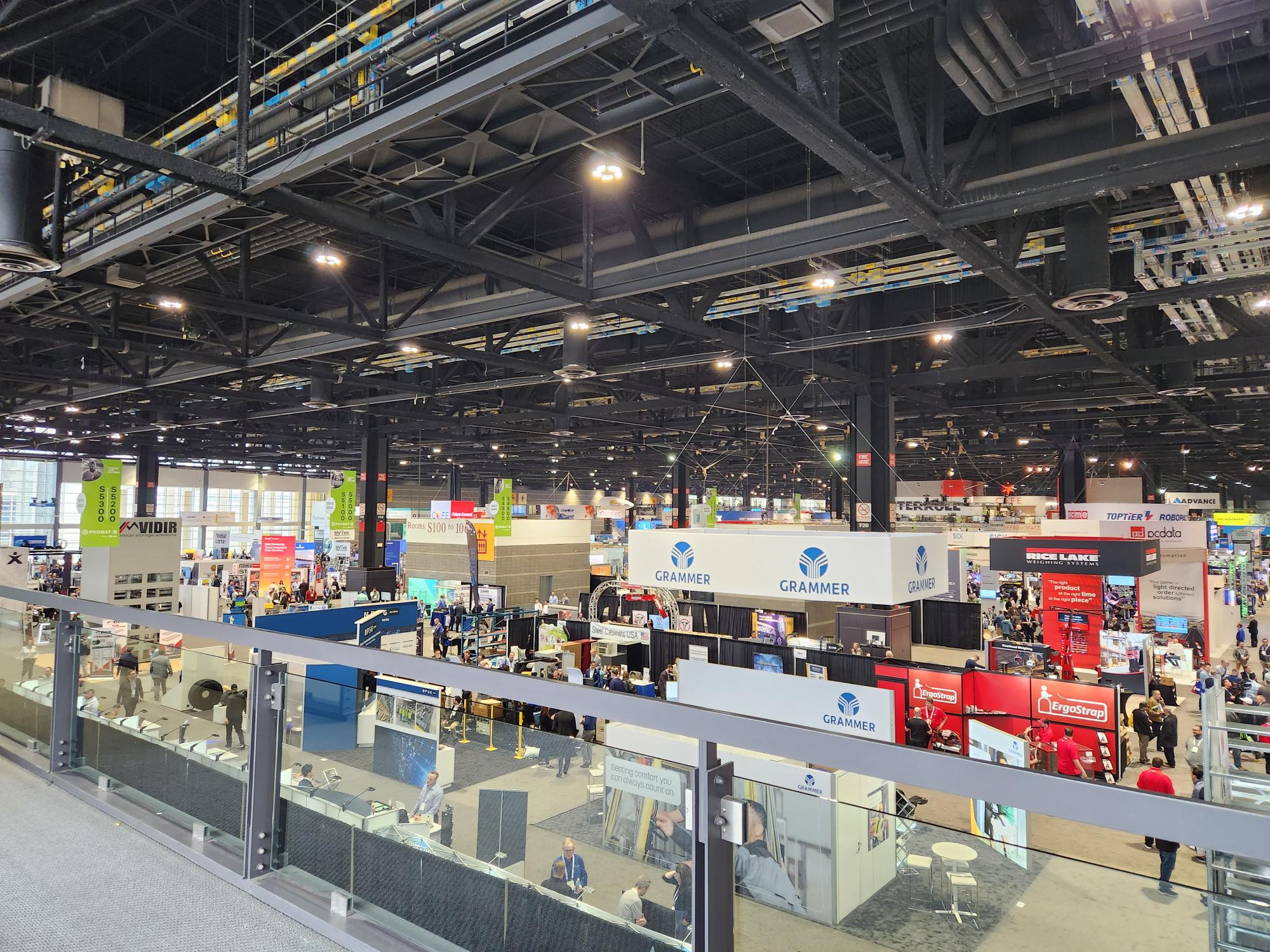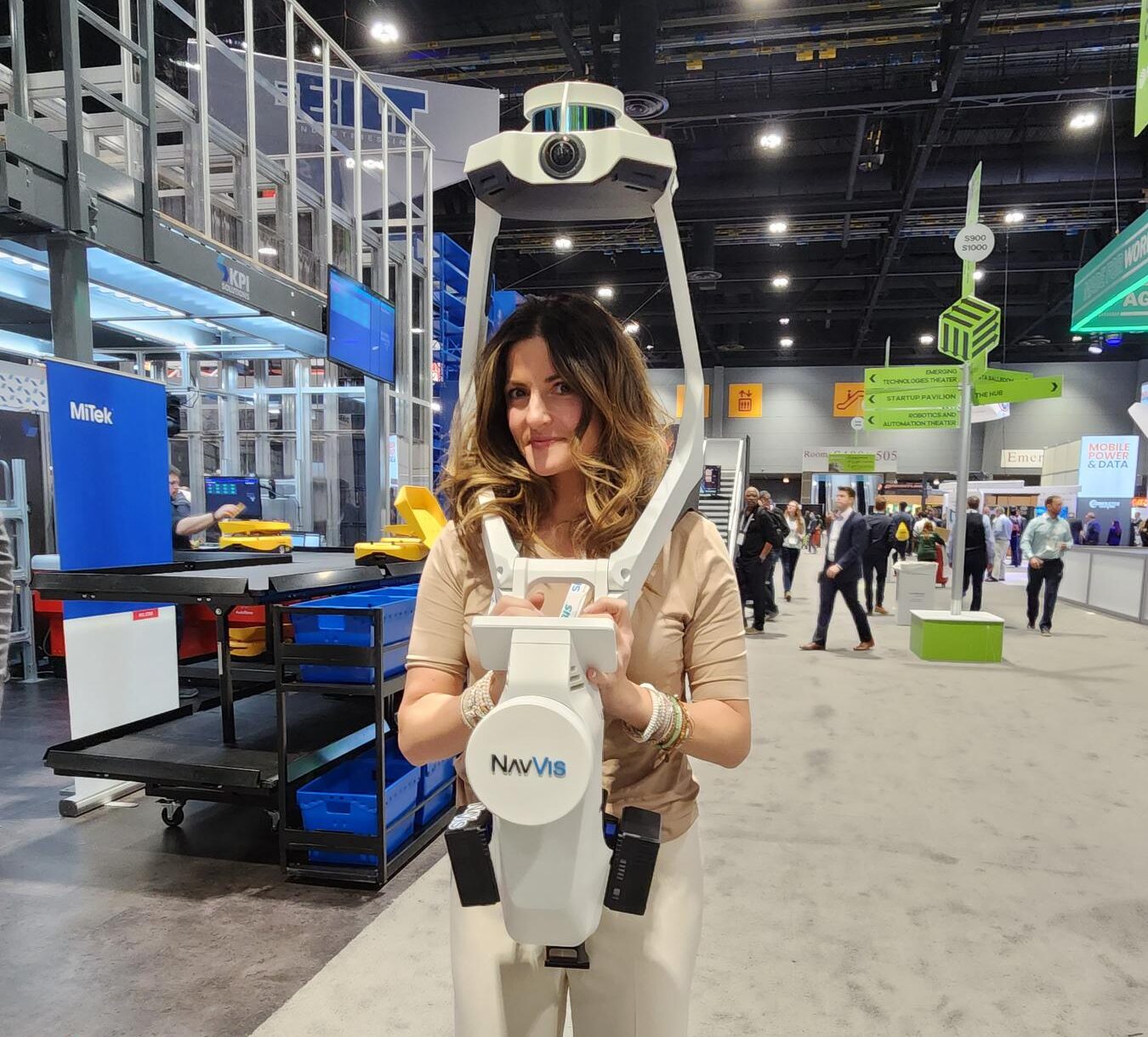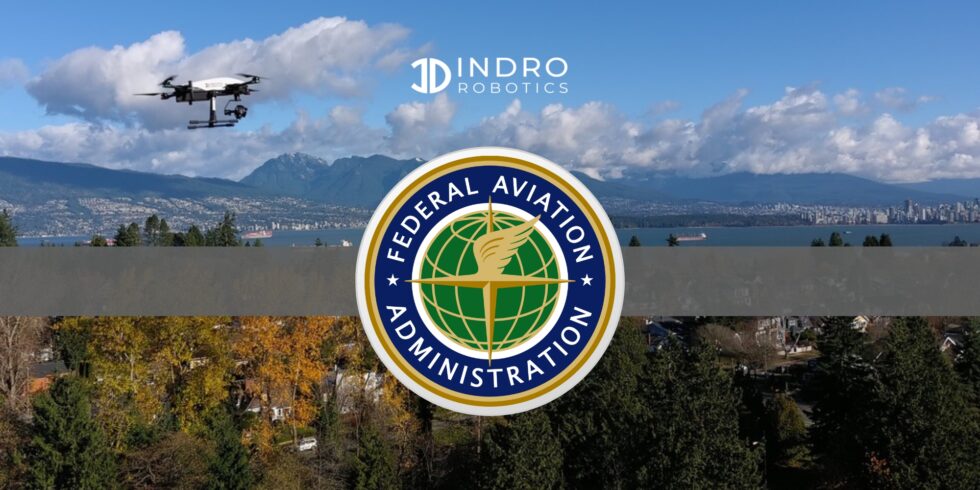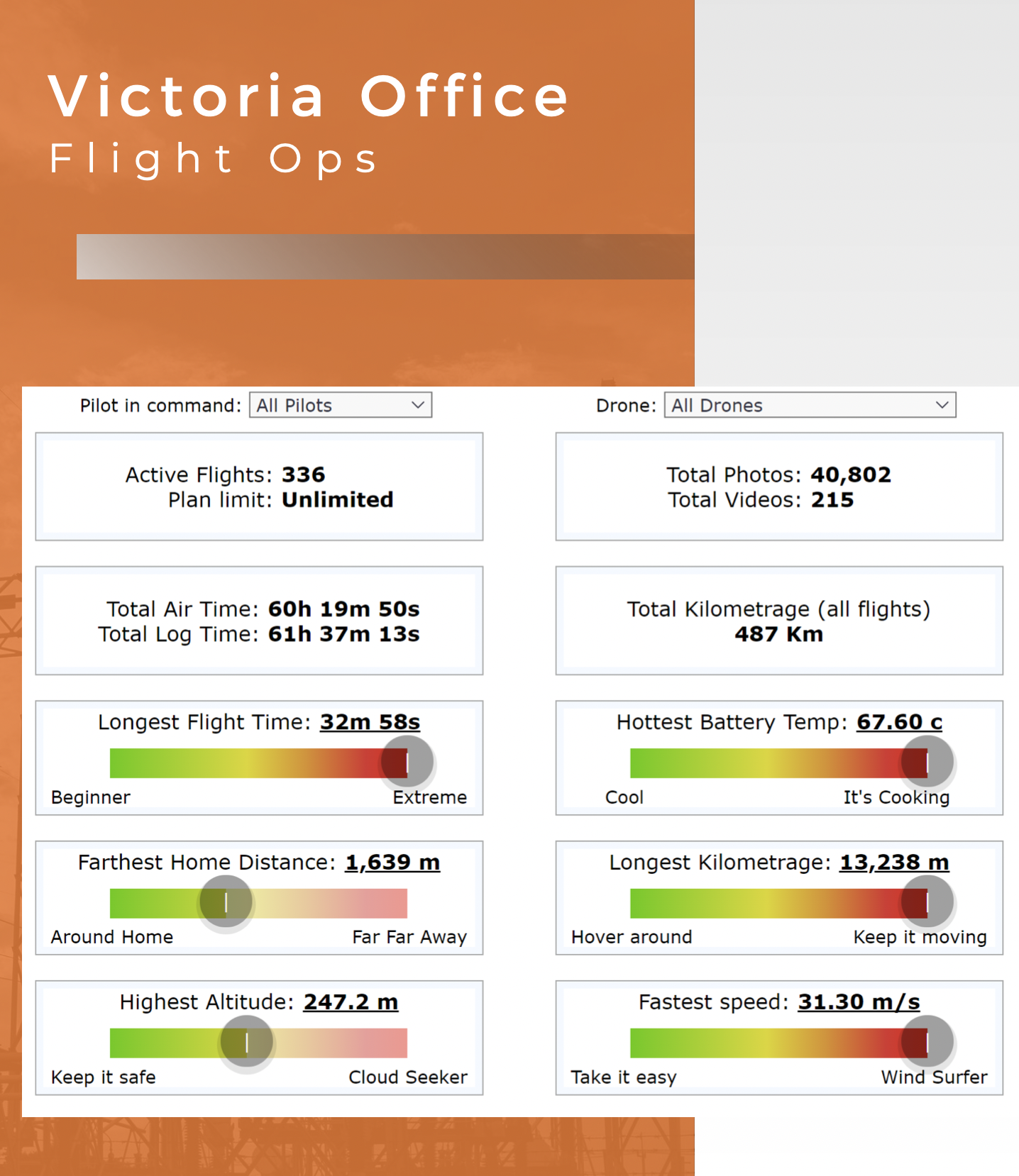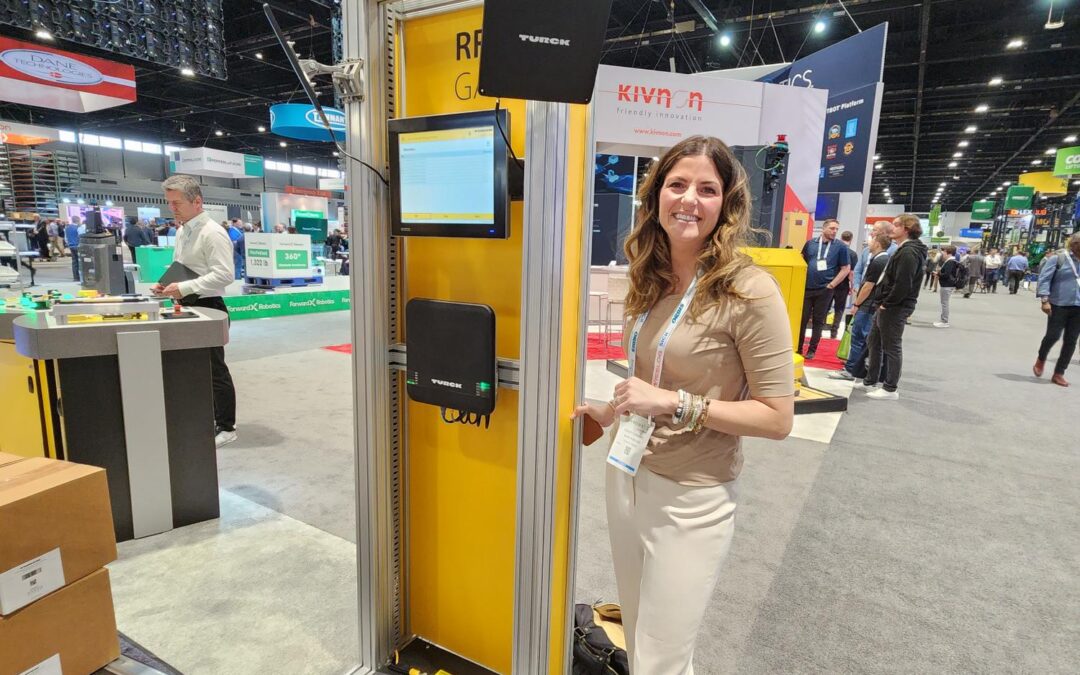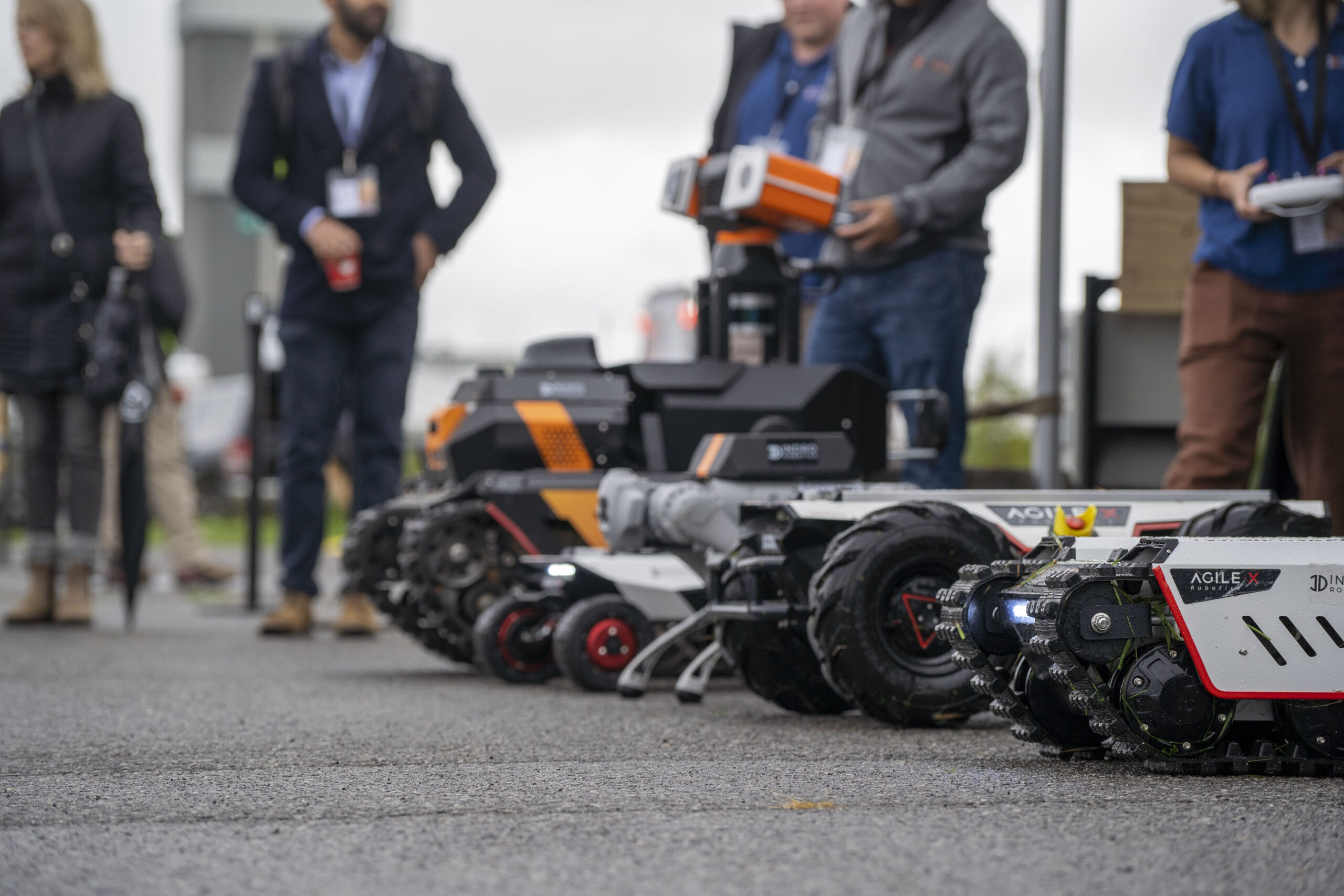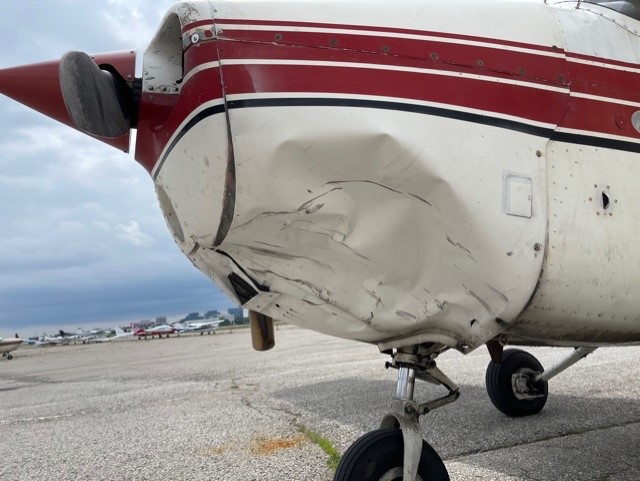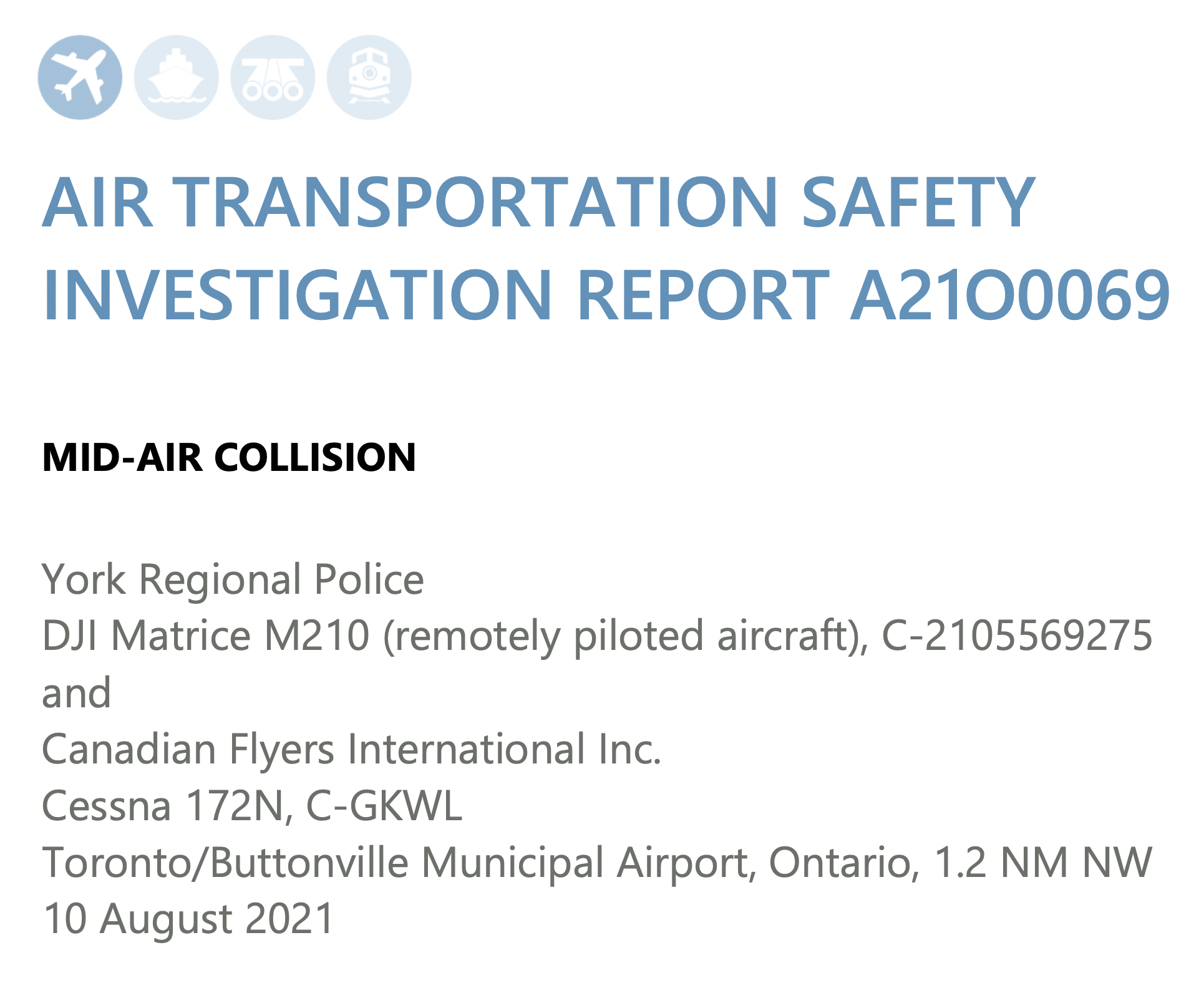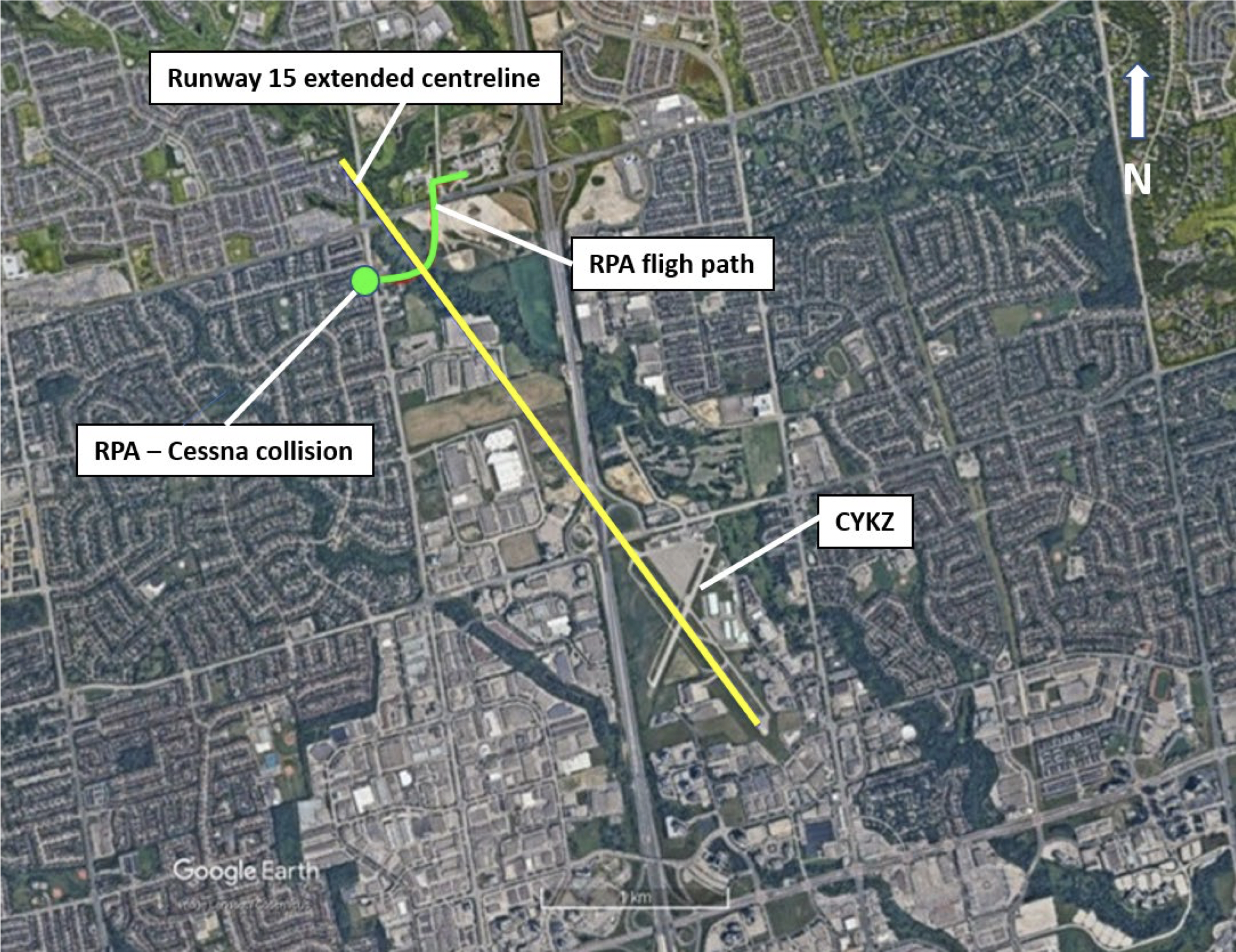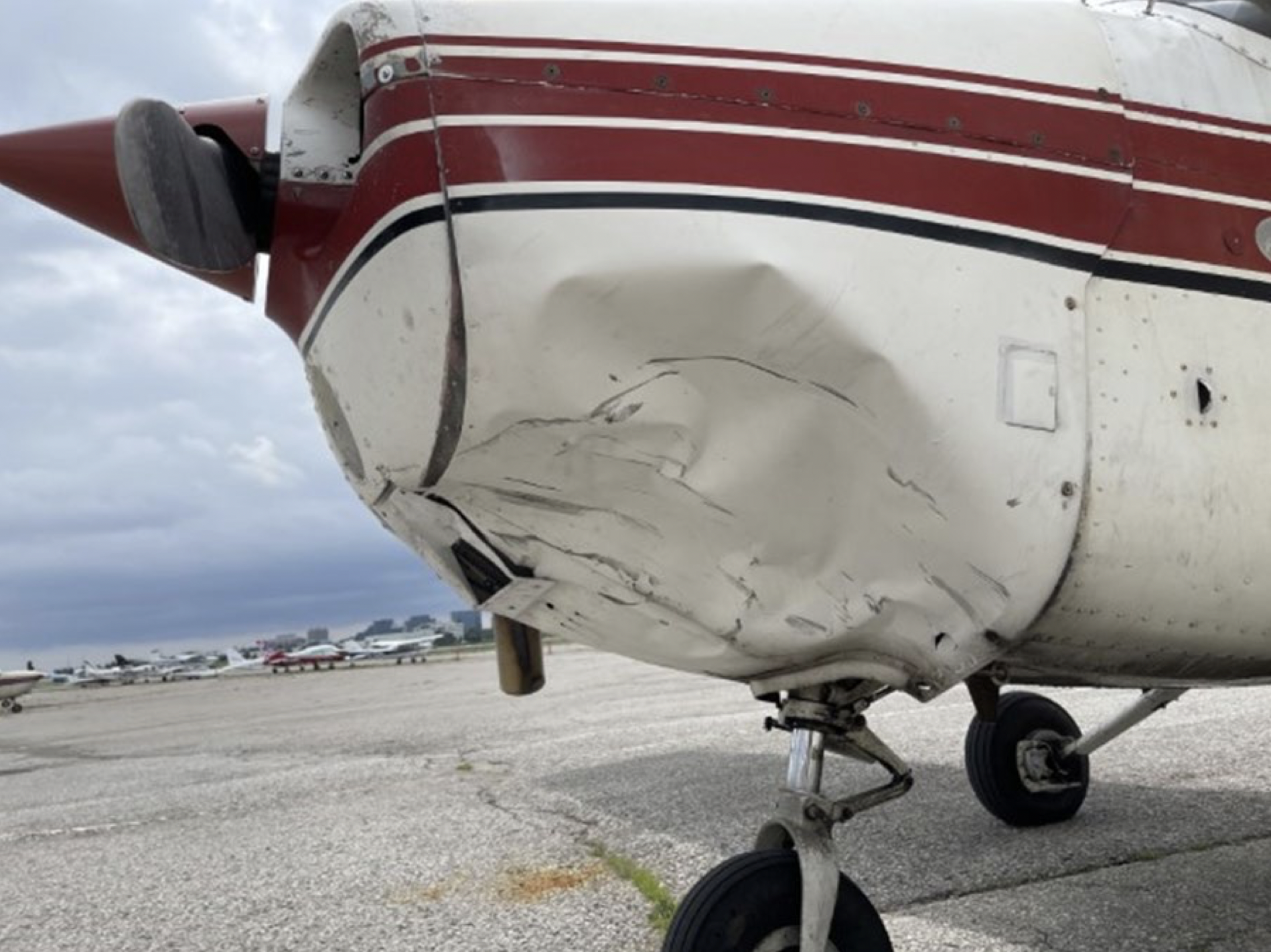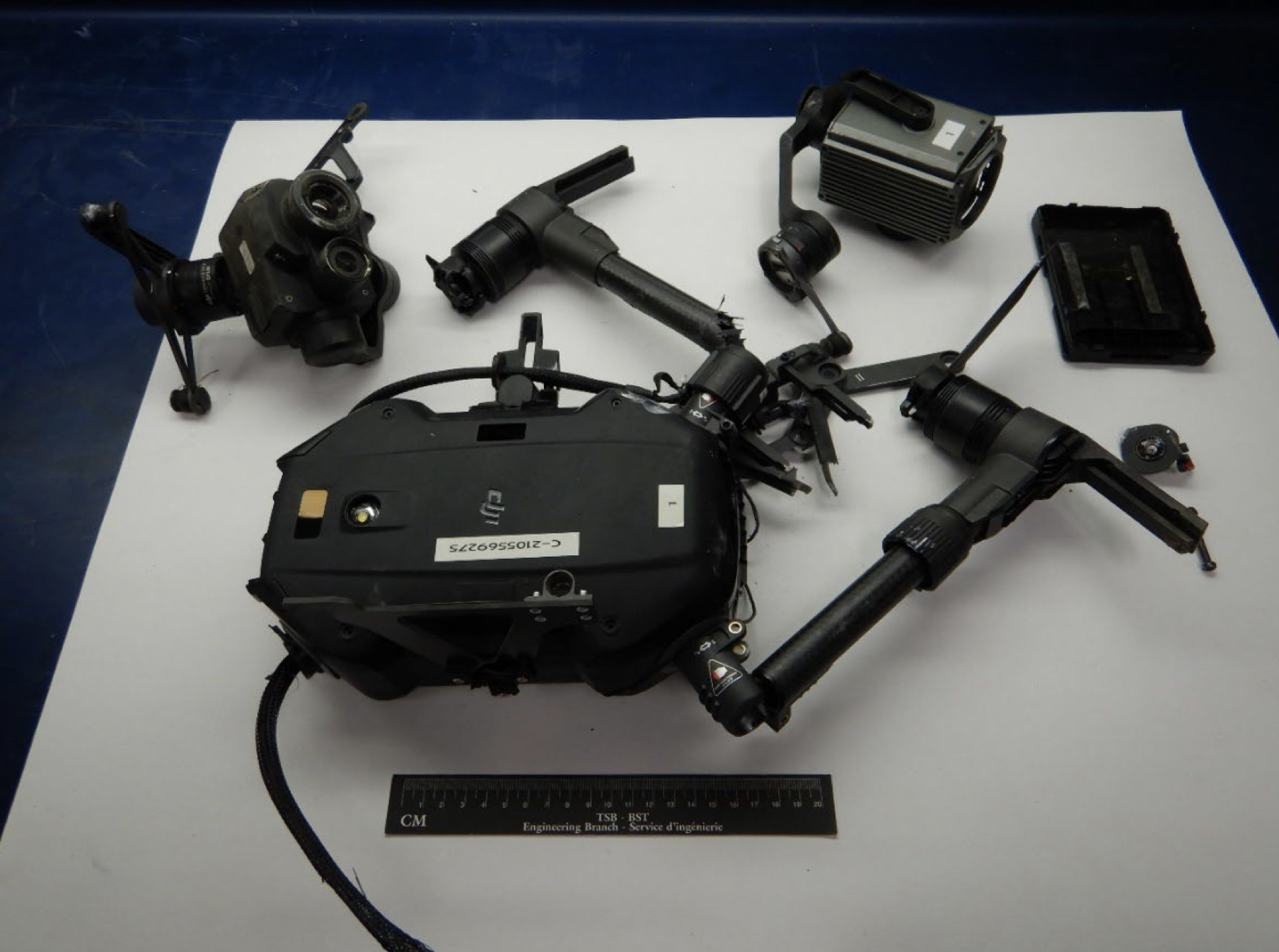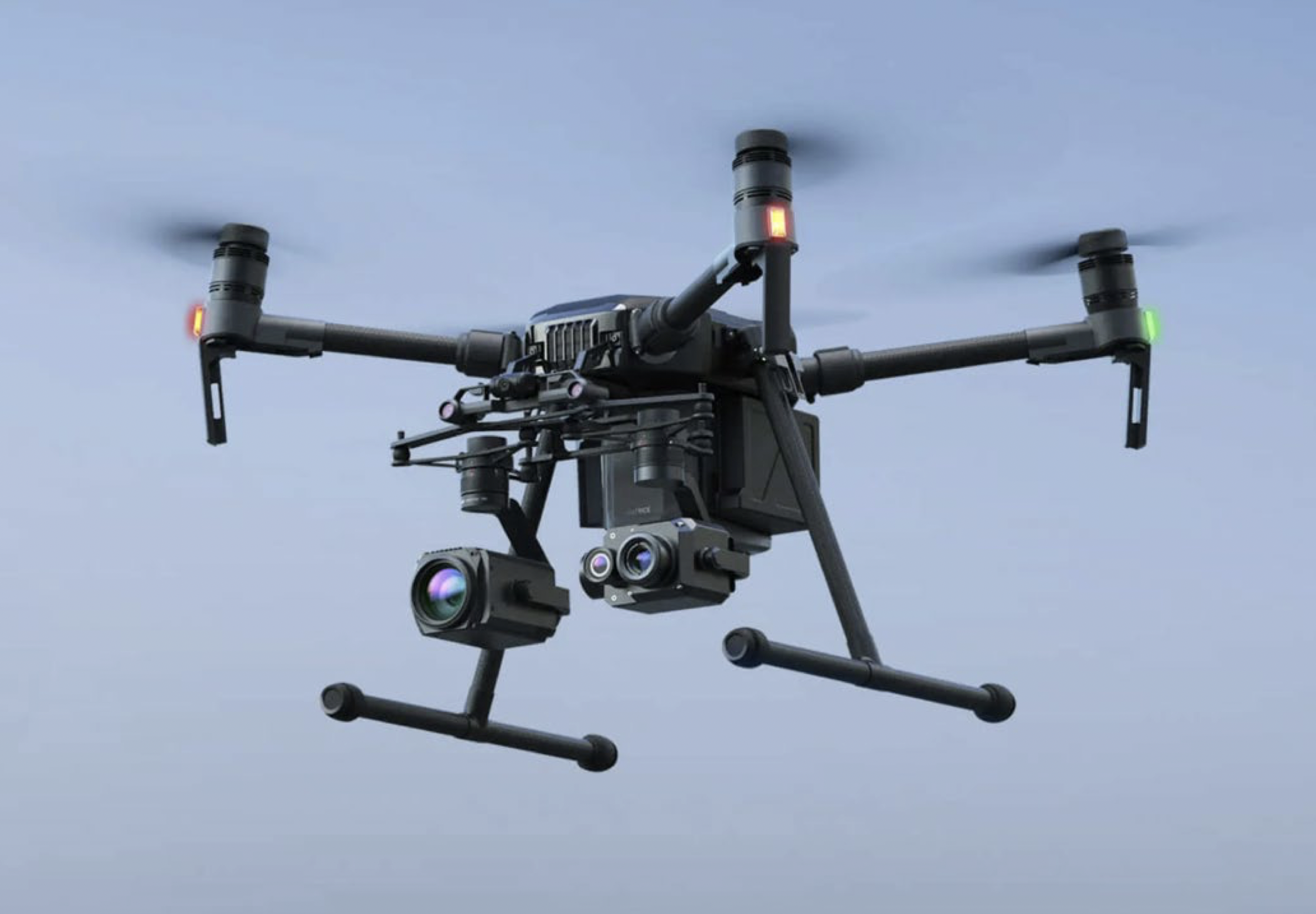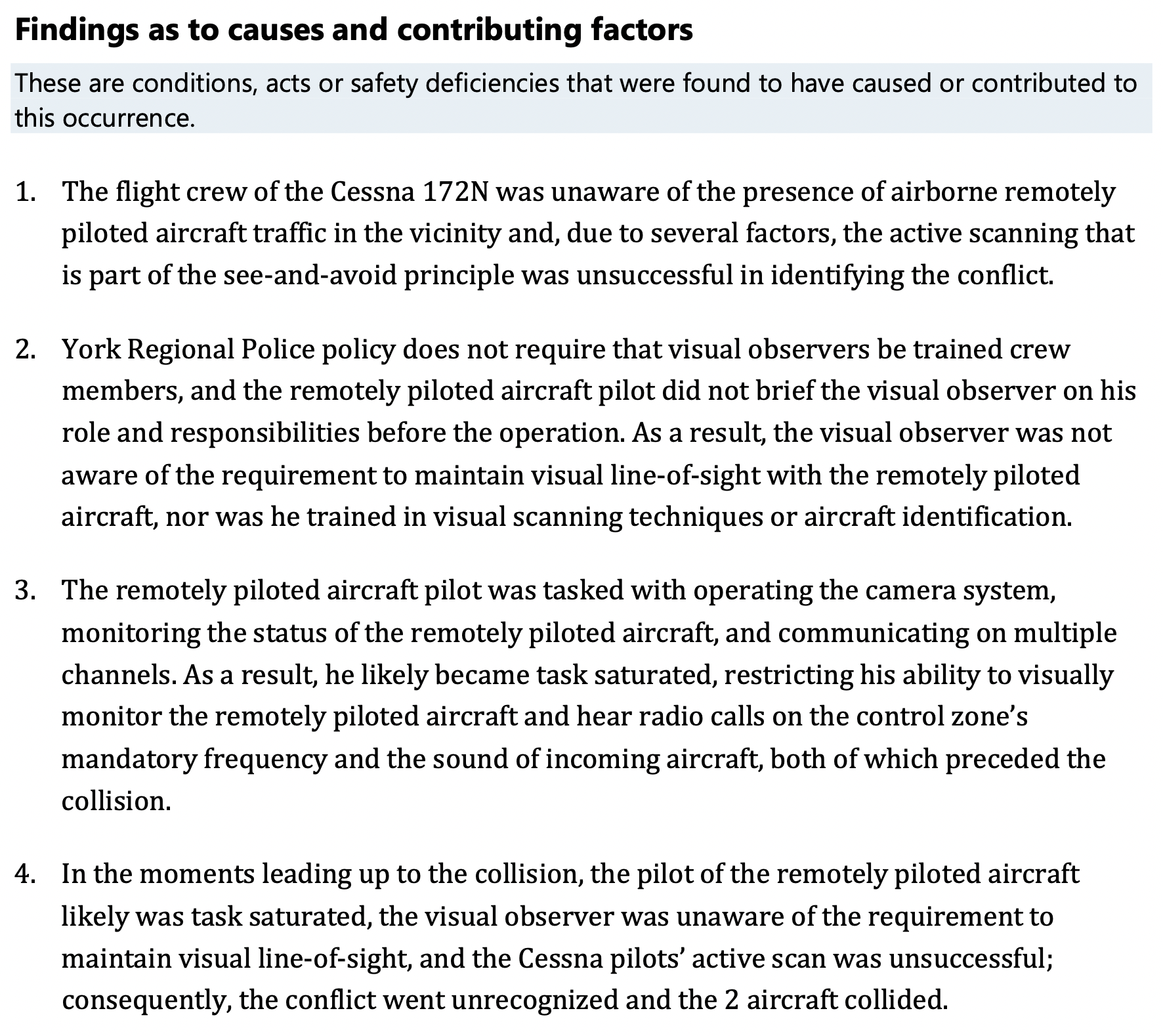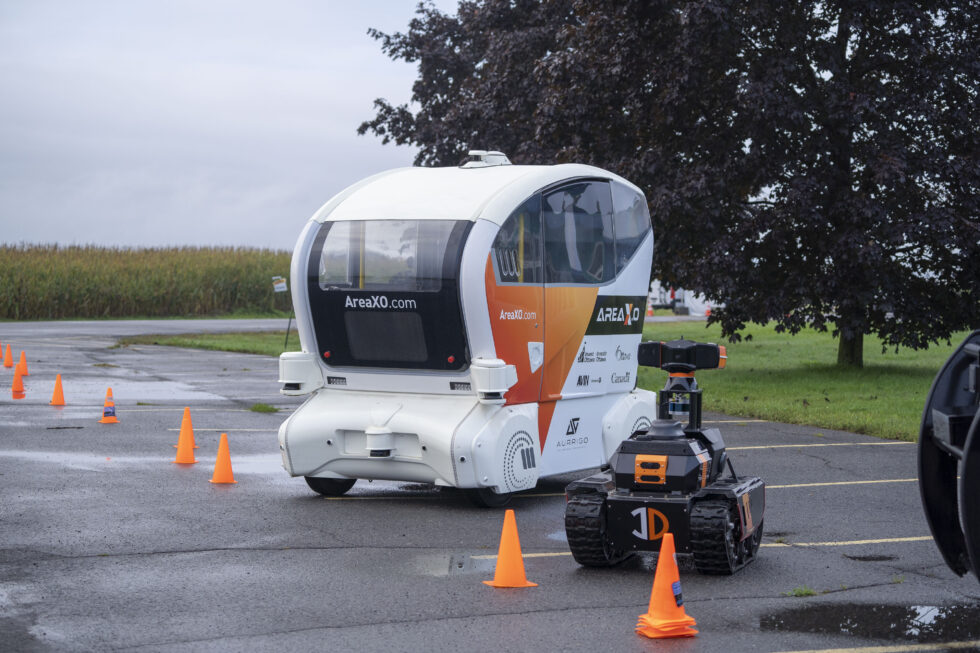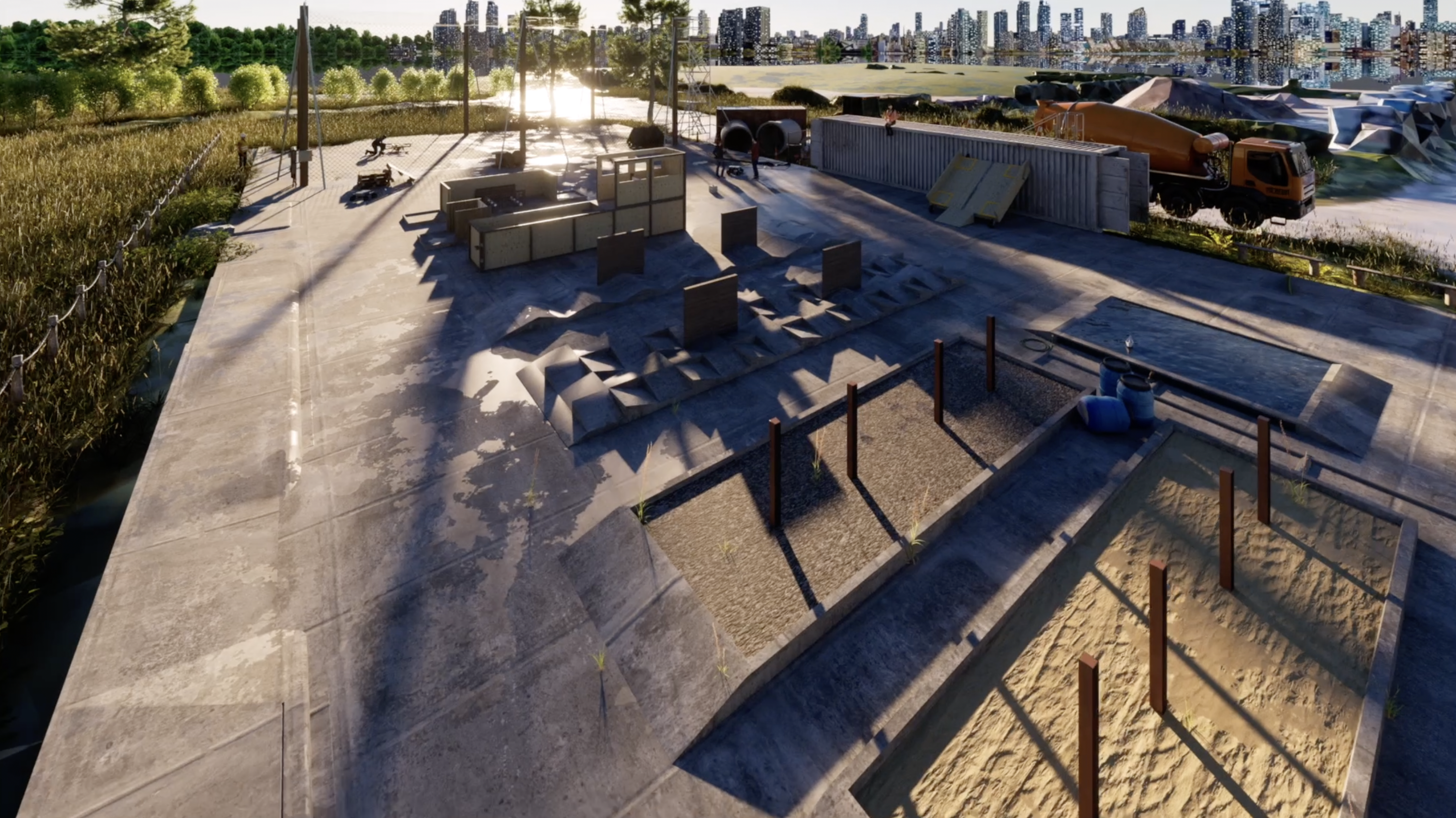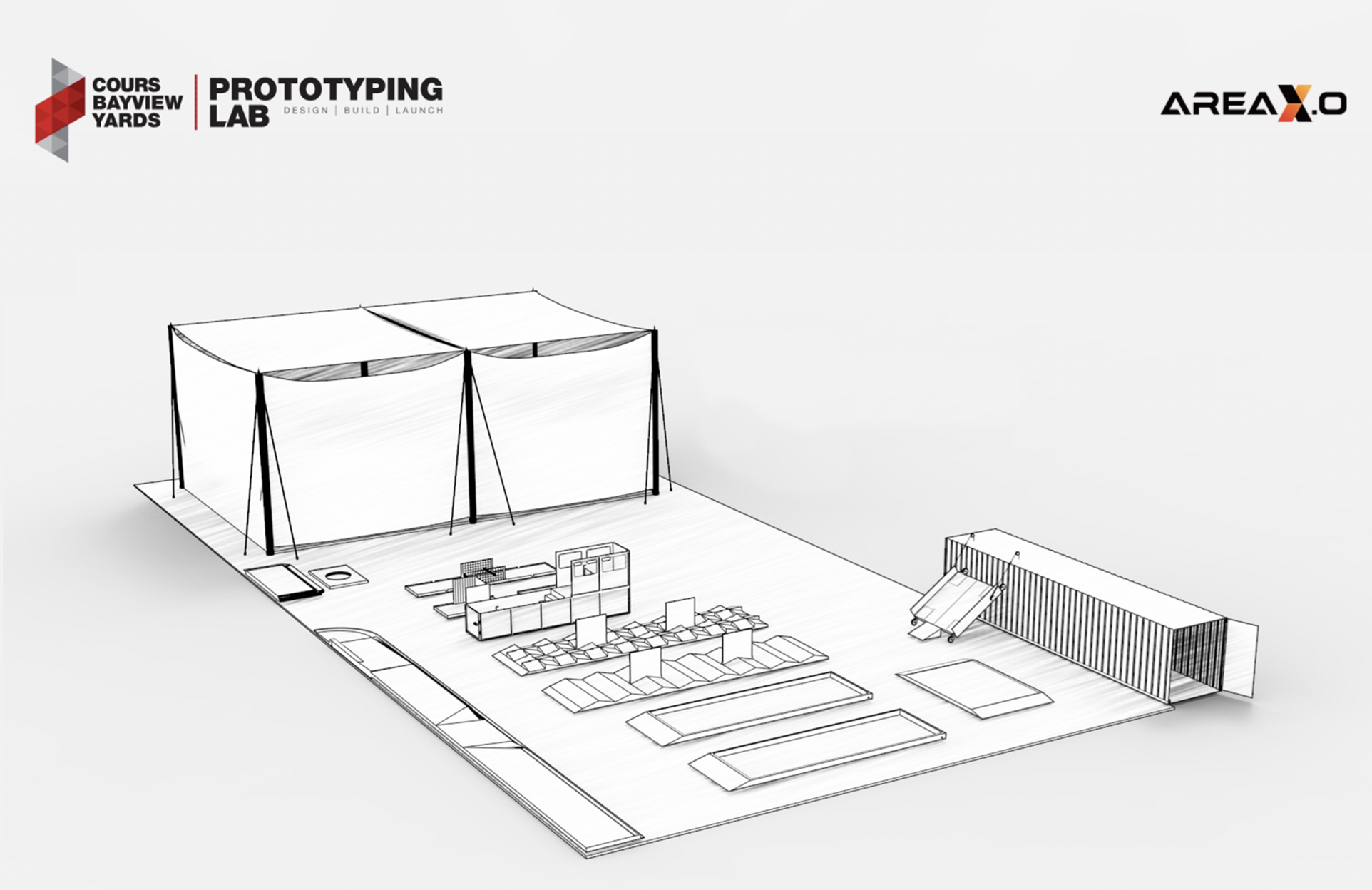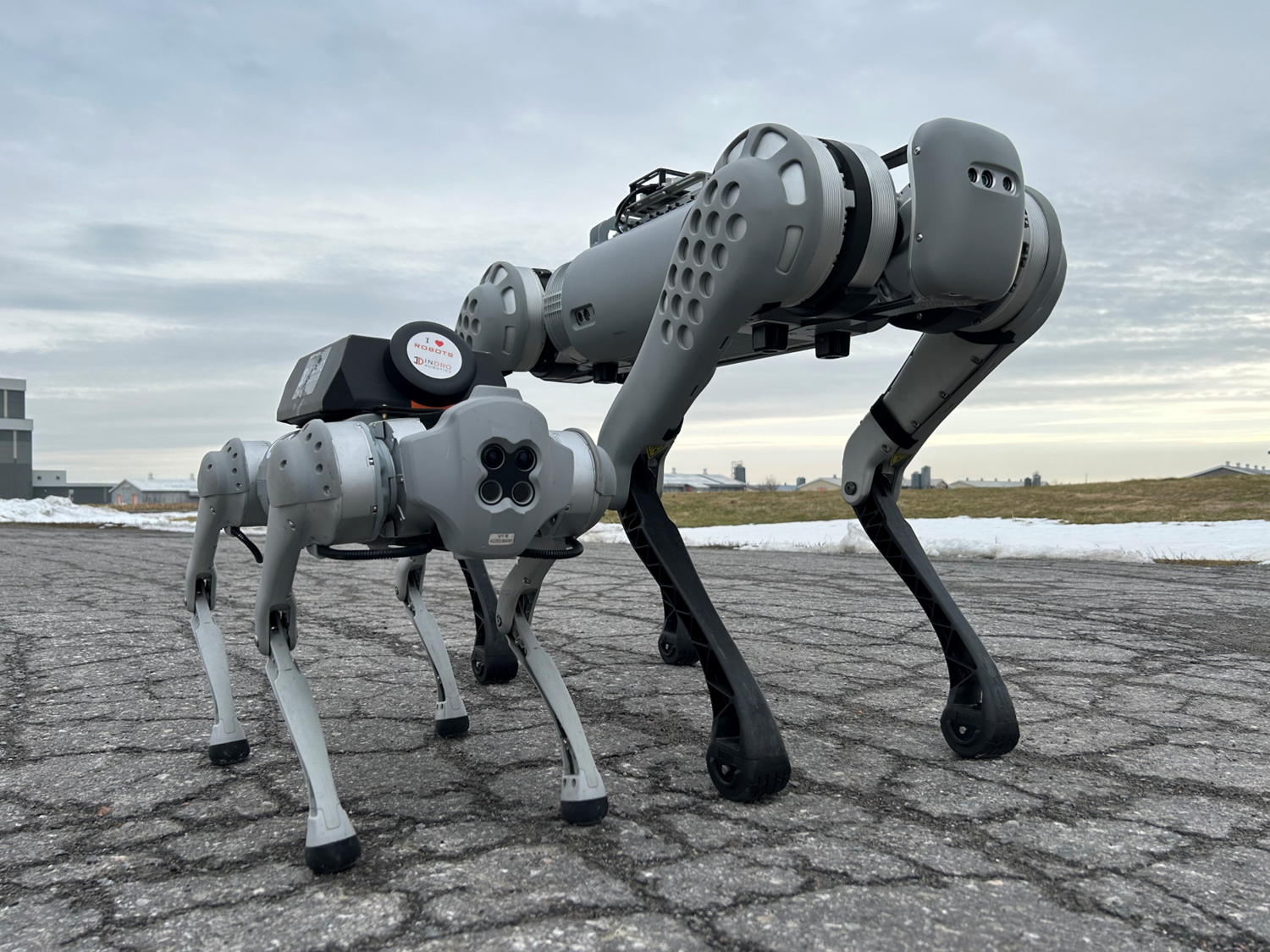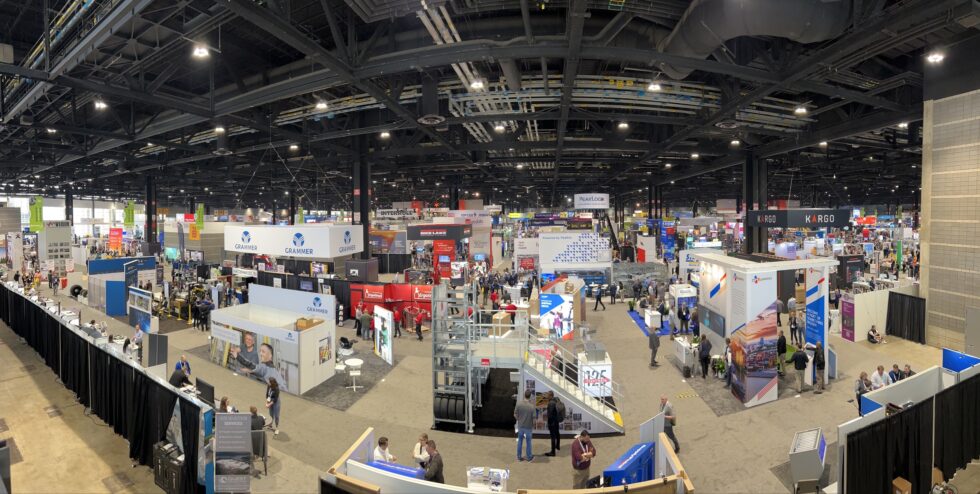
InDro attends cutting-edge PROMAT conference in Chicago
By Scott Simmie
When you work in the robotics and R&D field, conferences are part of the deal. Within the past year, we’ve attended many of the big ones, including AUVSI in Florida, the Aerial Evolution Association of Canada in Calgary, and the Canadian Association of Defence and Security Industries (CANSEC) in Ottawa (where we were also an exhibitor). We also took a jaunt down to T-Mobile in Washington State, where we were invited to demonstrate our remote teleoperations over 5G with our Sentinel inspection robot. There were plenty of others, too, but these were the ones we happened to write about.
Conferences like these allow InDro to display our own technology, speak with other companies about their own cutting-edge products, learn about the latest on the regulatory front – and much more. We have developed strong partnerships that began with simple trade floor discussions, and also learned more about the kinds of solutions sought by clients.
And now, we’re at it again – this time in Chicago. InDro sent two senior employees to PROMAT 2023, a massive event with more than 50,000 attendees.
“This conference is all things automation, digital transformation, and robotics for supply chain and warehousing,” says Stacey Connors, Head of Strategic Innovation.
And it’s big. More than 1,000 of the world’s leading manufacturing and supply chain solution providers are displaying their solutions. (If you really want to geek out, check out the floor plan here.)
THE BIG PICTURE
InDro – in conjunction with its work in aerial and ground robotics – has also been developing automated solutions to warehousing and logistics. The overall supply chain market is huge, with PROMAT estimating the 50,000 attendees have some $65 billion in global purchasing power. So it was a natural fit for InDro Vice President Peter King and Stacey Connors to attend.
The solutions on offer are almost endless – everything from autonomous forklifts to pick-and-place robots, inventory management, even systems for moving along pressed clothes at a dry cleaner. Everywhere you turn, there are software and hardware supply chain solutions, including devices that can store, retrieve, stack, pack, wrap, load, unload, track, move – and much more.
For Connors, as Head of Strategic Innovations, seeing all of these solutions under one roof – and meeting with innovators and potential clients – was a tremendous opportunity.
“I would say my personal primary objective was to see how our developing technologies compliment the existing offerings and the remaining gaps in solving supply chain and warehousing pain points,” she says.
“It’s about that whole ecosystem of digital transformation. If we’re coming with one piece of the solution, how does that fit into a roadmap – what are the buyers thinking about when they’re making these kinds of decisions?”
And there are indeed buyers at this show. PROMAT surveyed attendees, and says that more than one-third of the 50,000 people at the show are planning to spend more than $1M in the coming 18 months. According to PROMAT, “a wide variety of companies, including 75% of the top 100 retailers, 65% of the top 100 consumer goods companies and many Fortune 1000s, send teams of buyers to ProMat to find solutions to their specific manufacturing and supply chain challenges.”
Plus, of course, there are keynotes and something like 150 learning seminars. That’s a lot to take in, and this video overview from PROMAT gives you a glimpse of the scale:
A GLOBAL TREND
Automating the supply chain isn’t just about efficiency. Worker protection also plays a role with many solutions. Why have a human being repeatedly lift heavy loads if a machine can do it? Why manually count warehouse stock if it can be accomplished faster and more accurately by a robotic system? Those are just a couple of examples among literally hundreds of new and ever-evolving use-cases.
Seeing this myriad of solutions, along with new technological innovations, provides valuable insight and context into the global market.
“At a high level, the supply chain sector is a huge industry that’s being impacted by robotics everyday – it’s one of the biggest industries that’s moving toward robotics applications,” says InDro Vice President Peter King. “So one of the key reasons for attending is for reconnaissance and understanding our place in that market.”
And it’s not just about seeing the latest and greatest. It’s not uncommon, in any sector, for startups and even established companies to sometimes overstate their capabilities. Being on the floor allows InDro to determine whether some of these solutions are indeed ready for prime time.
“This gives us a chance to really see what’s in the industry today,” says King, “including what’s real and what’s not real.”
Below: Stacey Connors tries out a system capable of quickly generating a digital twin of its surroundings
HIGH POINTS
With more than 1,000 exhibits – some massive – it was no small task to have a look at everything on the floor. Our team covered as much ground as possible, and came back with some take-aways.”From a buyer’s perspective, the future is now. High tech solutions have become normalized,” says Vice President King. “But it’s likely a very challenging landscape for buyers to understand where to start with implementation. While there are many, many – many – solutions available, there is no one size fits all.” That means there’s also demand for services from companies like InDro – which not only develop products, but are capable of taking a step back and offering integrated solutions.
“Integrators are of highest value as buyers try to map out introduction of multiple solutions,” says Stacey Connors. “We saw high collaboration amongst all the different technology providers, and the tech is available and more ready for deployment than ever before. Not only that, but there’s a visible increase in the number of options available for each type of technology.
“Integrators like InDro will continue to be rising in demand as all of these technologies become more viable and businesses require customization, support in deployment and management, investment decisions, etc.”
And the high points of the show? Well, there were many. Among them? The Boston Dynamics Stretch – an autonomous robot capable of unloading boxes from trucks – and even positioning a conveyor to take the load. One battery charge powers Stretch for an entire shift:
AND THEN THERE’S DIGIT
Another show-stopper was Digit, from Agility Robotics. The bipedal robot is capable of autonomously mapping its environment and picking up and moving objects. This is the kind of repetitive task that is ideal for robotic solutions. Plus, Digit – complete with blinking ‘eyes’ – has been designed with the human-robot interface in mind. People seem to like the way it looks, and would feel comfortable sharing a workspace with this machine.
Of course, robots like this aren’t built overnight. Agility engineers put many years into the development of Digit. Take a look at the product’s evolution, and you’ll get a glimpse of its development process:
INDRO’S TAKE
InDro Robotics has a long history of identifying trends early in order to be ahead of the curve. It began R&D work and service provision in the Uncrewed Aerial Vehicles sphere long before drones became the ubiquitous devices they are today. The company then identified a growing demand for Uncrewed Ground Vehicles, rapidly developing such innovations as Commander, a bolt-on box that makes customization and integration of robotic platforms a snap – allowing the end user to remotely teleoperate such devices from even thousands of kilometres away.
“Supply chain and inventory management is a huge market, well-suited to InDro’s expertise with both product development and systems integration,” says CEO Philip Reece. “We have an innovative new product currently going through testing for this space and look forward to sharing details soon.
“On a more strategic note, expanding into this sector with new aerial and ground robotics solutions – along with our expertise as an integrator – is a big part of InDro’s plans as the company continues to scale. Stay tuned.”
We look forward to sharing more before long.

